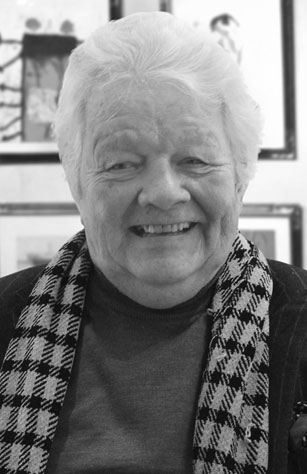Select a particular work of art to view additional information and images that can be enlarged.

Considered a "pioneer of abstract illusionism" in the 1970s and 1980s, James Havard's signature paintings include collage elements, images and text that refer to prehistoric Native American and tribal cultures, symbolic semiotics, and traditions of outsider art. By squeezing paint directly from the tube onto the canvas and spray painting "shadows," Havard creates the illusion that the paint is actually suspended in front of its ground. Though Havard's sweeping application and gestural strokes of paint find a precedent in Abstract Expressionism and action painting, his precise trompe l'oeil innovations set him in a genre of his own. A sensuous colorist who powerfully conjures up emotional responses and impressions from the viewer, Havard is remembered as a leading figure in contemporary American abstract painting.
Havard was born in Galveston, Texas in 1937. Upon graduation from Houston State College in 1959 he moved east to attend the Pennsylvania Academy of Fine Arts. After moving to New York City in the 1980s, Havard focused on large-scale, expressive paintings referencing indigenous culture in a unique way. Over the next ten years, he made frequent visits to Santa Fe, New Mexico, for inspiration and to pursue his interest in collecting. Havard's style of blending expressionistic abstraction with indigenous symbols caught the attention of museums throughout the country and soon his works were added to several important collections, including the Metropolitan Museum of Art, the Los Angeles County Museum of Art and the Solomon R. Guggenheim Museum of Art.
Adapted from Julie Sasse, Curator of Contemporary Art at the Tucson Museum of Art
